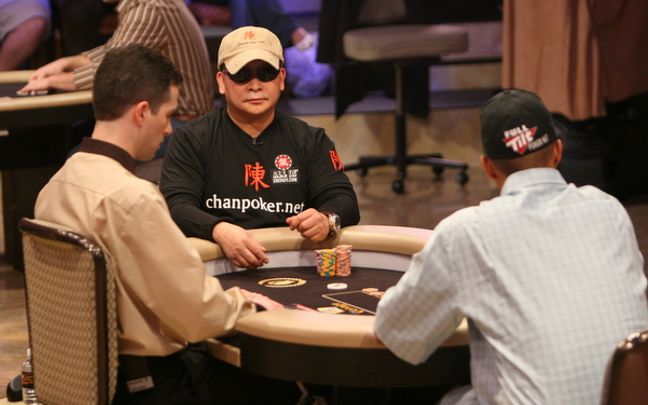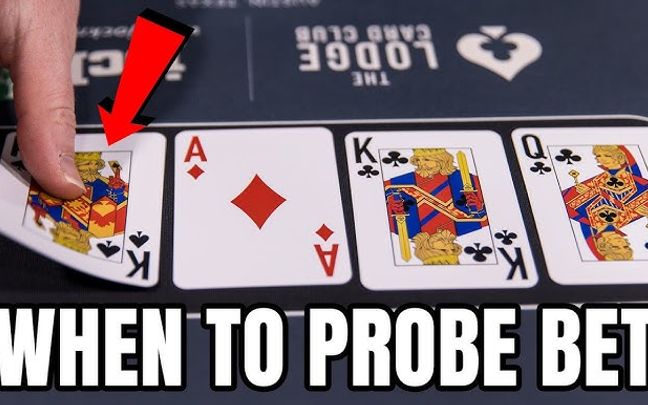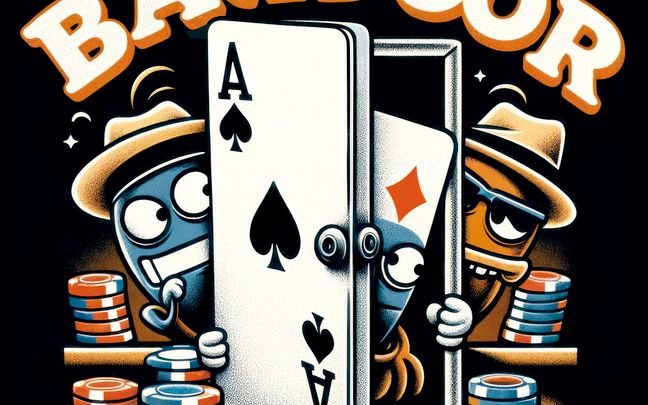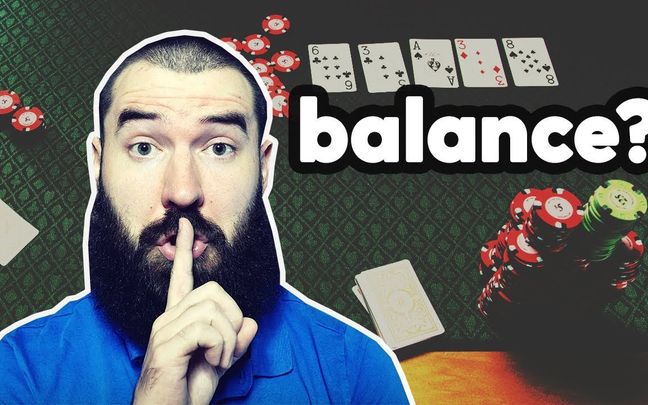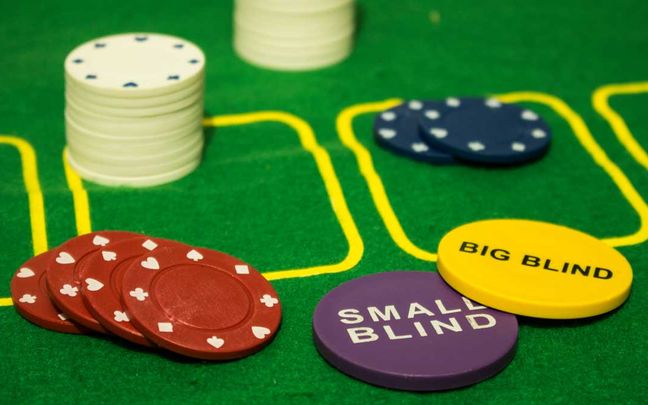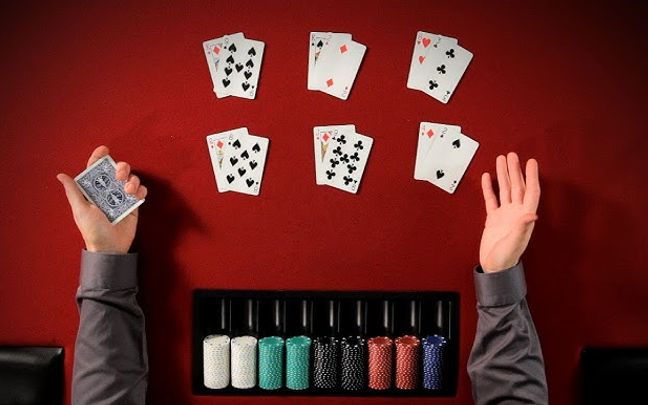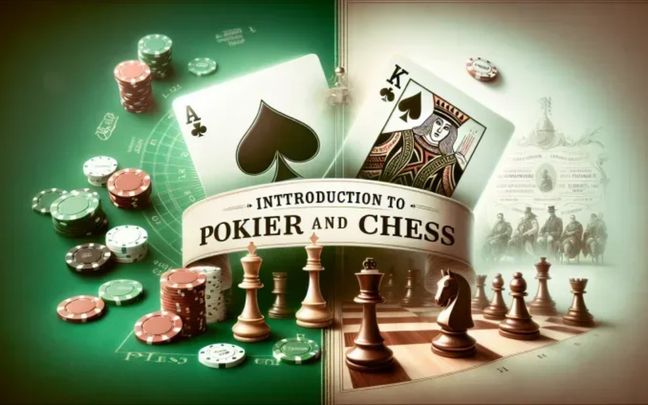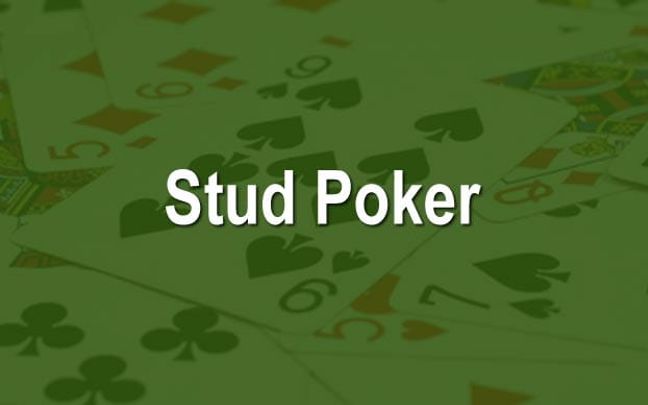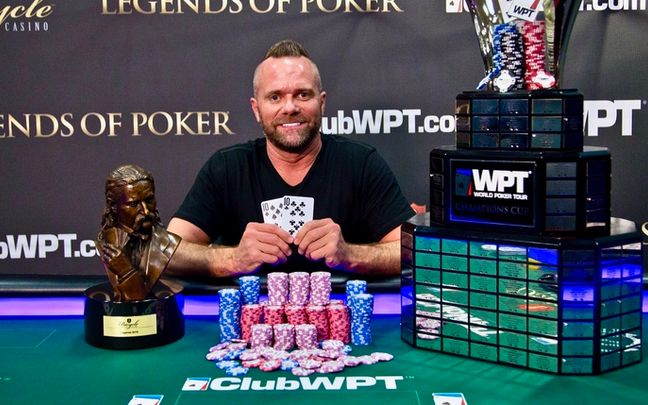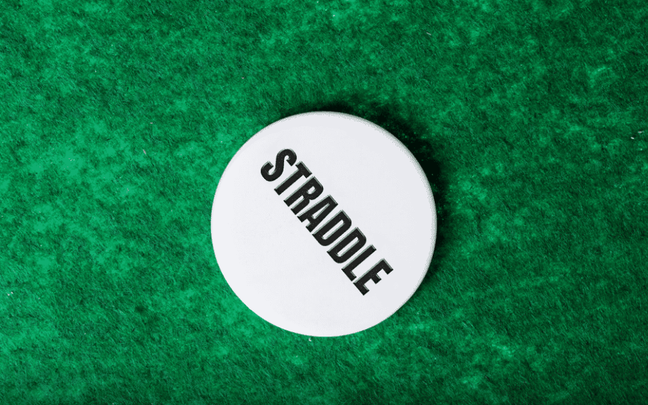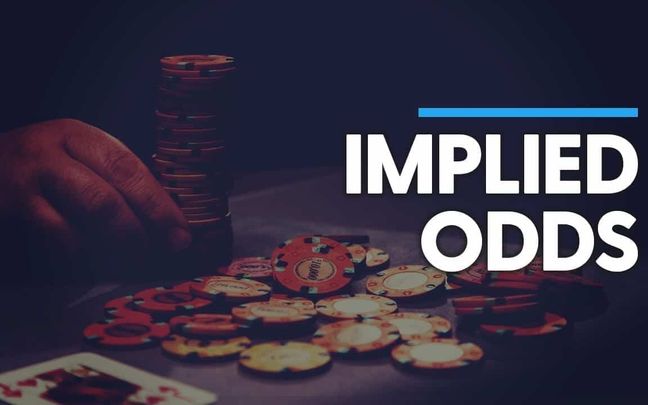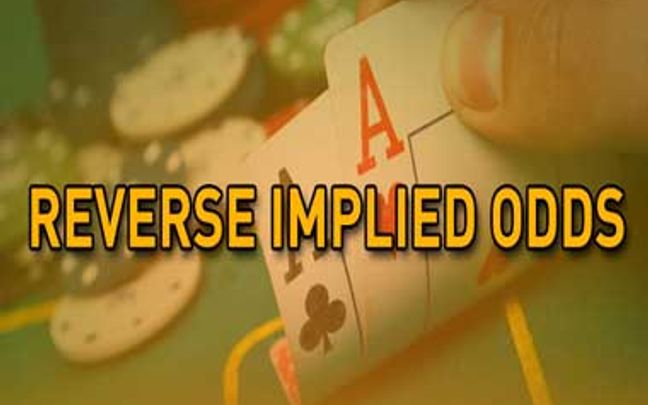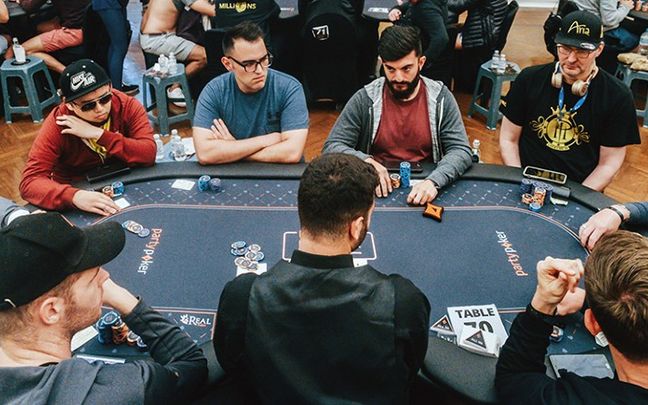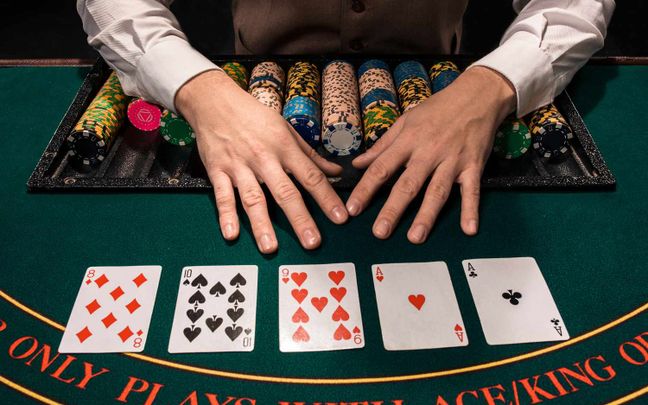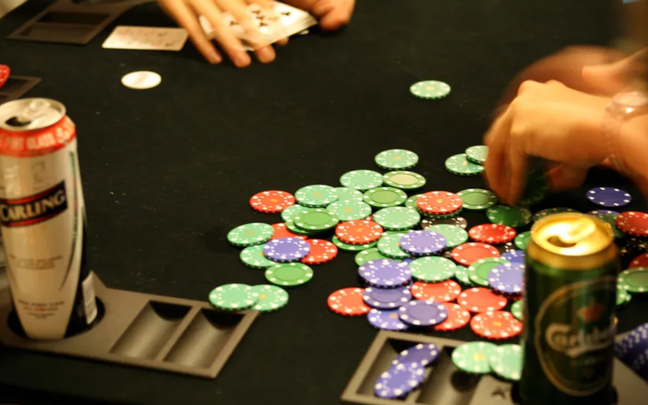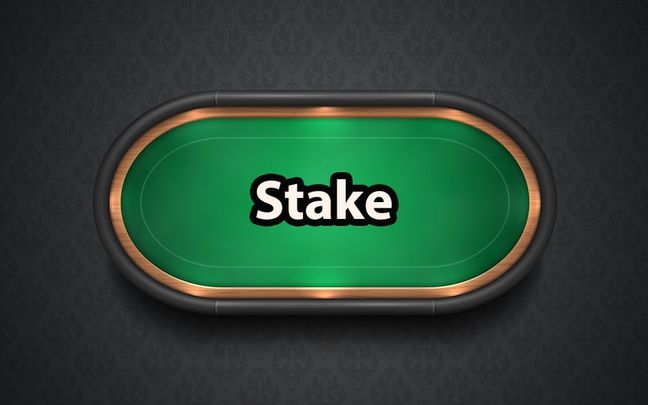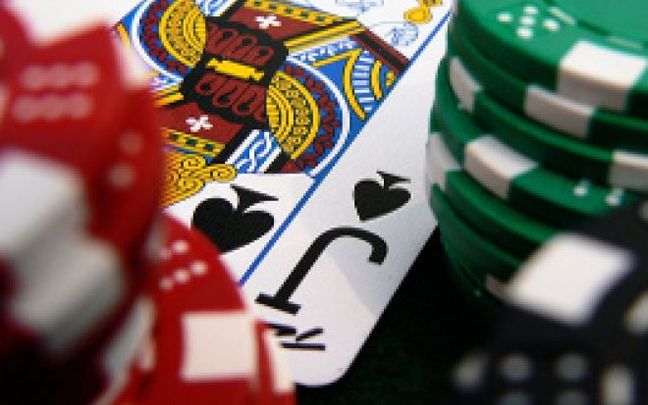The skill of betting sizing in NLHE poker is an important factor that determines the success or failure of a player. Understanding and applying the bet size correctly not only helps you control the pot size, but also puts pressure on your opponents, maximizes profits when you have a strong hand, and minimizes losses when bluffing. To become an excellent poker player, you need to master the fundamentals and avoid common mistakes in betting sizing.
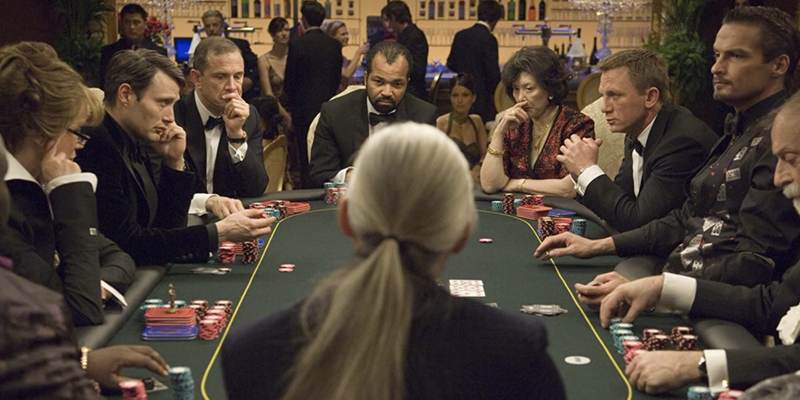
Bet Sizing Skills in NLHE Poker
In No-Limit Hold'em (NLHE) poker, mastering bet sizing is crucial for a player's success. Here are some fundamental principles to improve your bet sizing skills:
Understand the Purpose of Betting
-
Value Bet: When you have a strong hand and want your opponent to call with a weaker hand.
-
Bluff Bet: When you have a weak hand and want your opponent to fold a stronger hand.
-
Protection Bet: When you have a medium-strength hand and want to protect it from weaker hands that might improve.
Bet Sizing Relative to Pot Size
-
Small Bet (1/4 - 1/3 pot): Typically used to induce calls from weaker hands or to control the pot size.
-
Medium Bet (1/2 - 2/3 pot): Used to balance between value betting and bluffing, making it harder for opponents to read your hand.
-
Large Bet (3/4 pot or more): Applied when you have a strong hand and want to maximize value, or when you are bluffing and want to put significant pressure on your opponent.
Adjust According to Opponents
-
Tight Opponents: They call infrequently, so you can use smaller bets for bluffing and larger bets for value betting.
-
Loose Opponents: They may call with a wider range of hands, so you can use larger bets to extract more value.
Calculate Odds and Outs
Understand pot odds and hand equity to make informed betting decisions.
Psychology and Image
Consider how opponents perceive you to adjust your bet sizing effectively.
Variation in Betting
Avoid always betting the same size; vary your bets to prevent opponents from easily reading your strategy.
Bet sizing in NLHE poker involves not only selecting an appropriate amount but also integrating opponent reads, poker theory knowledge, and practical experience.

Common Mistakes in Bet Sizing in NLHE Poker
Bet sizing is a crucial skill in No-Limit Hold'em (NLHE) poker, but without proper and consistent practice, players often make mistakes. Here are some common bet sizing errors to avoid:
Underbetting
Many players tend to bet too small when they have a strong hand or are bluffing. Small bets don’t put enough pressure on opponents, allowing them to call with weaker hands or pursue drawing hands.
Overbetting
Betting too large can make it easy for opponents to read your hand. If you consistently bet big with strong hands and small when bluffing, opponents will exploit this pattern.
Failing to Vary Bet Sizes
Using a fixed bet size for all situations can make it easier for opponents to read your hand. It’s important to vary your bet sizes depending on the situation and the opponents you're facing.
Not Adjusting to Opponents
Ignoring opponent tendencies and playstyles when betting is a common mistake. For example, against a tight player, you should bet larger with strong hands and smaller when bluffing. Conversely, against a loose player, you might bet larger to extract value.
Ignoring Board Texture
Board texture is a key factor in determining bet size. On a board with many draws, you should bet larger to protect your hand. On a board with fewer draws, you can opt for smaller bets.
Lack of Clear Betting Purpose
Every bet should have a clear purpose: value bet, bluff, or protection. Without a clear objective, you are more likely to make errors in bet sizing.
Neglecting Pot Odds and Implied Odds
Failing to consider pot odds and implied odds when betting can lead to suboptimal decisions. Understanding these concepts is essential for making accurate betting decisions.
Ignoring Position
Your position at the table significantly affects your betting decisions. Players in late position have the advantage of seeing opponents’ actions before making their own decisions, so leverage this advantage.
Over-Betting When Bluffing
Bluffing is a crucial part of poker, but over-betting when bluffing can make you more readable and lead to more calls from opponents.
Poor Bankroll Management
Betting more than your bankroll can handle poses significant risk. Proper bankroll management is essential for maintaining long-term playability.
Avoiding these mistakes will help you refine your bet sizing skills and achieve better results in the game.
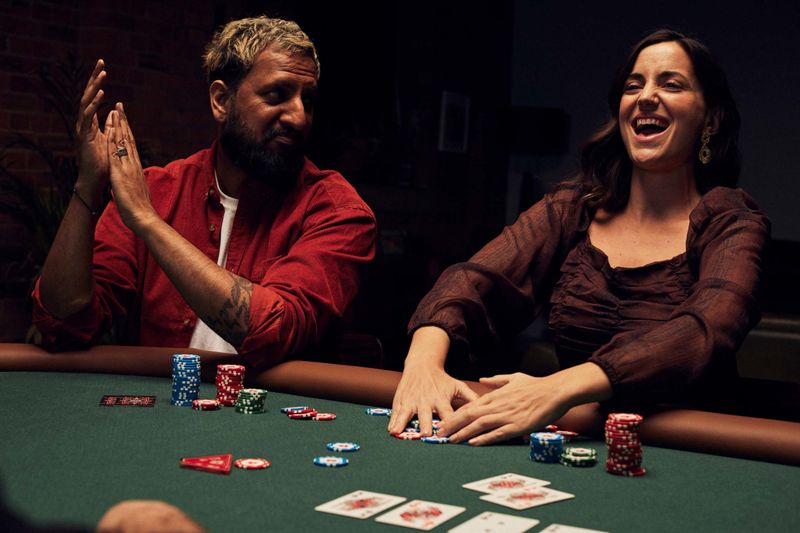
In conclusion, the skill of Bet sizing in NLHE poker is an art that needs to be practiced and understood to improve your game. By avoiding common mistakes and adopting a sensible betting strategy, you'll be able to increase your chances of winning and maximize your profits. Regularly practice, analyze the hands and constantly learn from reputable sources to improve your skills in the most effective way.

